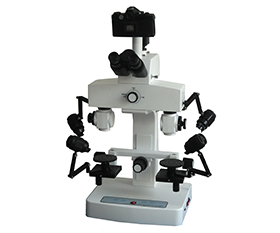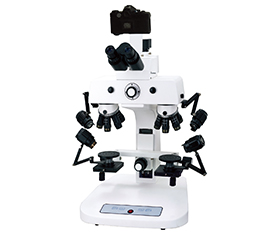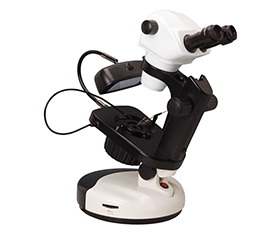What is a Comparison Microscope Used for?
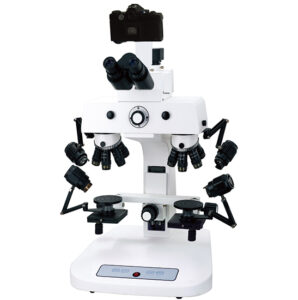 A comparison microscope is a powerful tool used in forensic investigations and scientific research. It is designed to facilitate side-by-side analysis of two objects or samples at high magnification. By observing two objects simultaneously, a comparison microscope allows a detailed comparison of their properties and characteristics. This article will explore the uses and applications of comparative microscopy in various fields.
A comparison microscope is a powerful tool used in forensic investigations and scientific research. It is designed to facilitate side-by-side analysis of two objects or samples at high magnification. By observing two objects simultaneously, a comparison microscope allows a detailed comparison of their properties and characteristics. This article will explore the uses and applications of comparative microscopy in various fields.
How does a comparison microscope work?
Light Source and Illumination: A comparison microscope typically uses a light source to illuminate the two samples. The light passes through or reflects off both specimens.
Arrangement of Two Samples: The comparison microscope has two separate optical paths or viewing heads that allow users to place two samples side by side. Each sample is positioned under one set of objective and eyepiece lenses.
Eyepieces and Objectives: Each sample is observed through an eyepiece (ocular) and objective lens. The eyepieces and objectives are aligned with each sample.
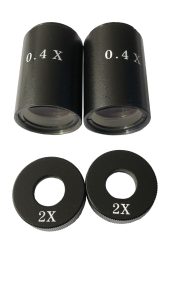
BSC-200 0.4X, 2X Objective
Comparison Observation: Users can simultaneously view both samples through the eyepieces and directly compare their features, such as texture, color, shape, or other characteristics. Since the samples are observed side by side, it’s easy to note similarities and differences.
What is the application of a comparison microscope?
Forensic Science: Forensic investigators extensively use this tool to compare bullet casings, hairs, fibers, and other trace evidence found at crime scenes. By comparing the minute details of two or more samples, forensic experts can determine if they originate from the same source. For instance, in ballistics analysis, comparison microscopes help in matching the striation marks on bullets to determine if they were fired from the same firearm. This information can be crucial in linking a suspect or weapon to a crime scene.
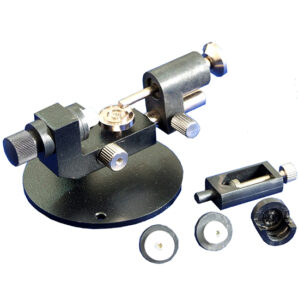
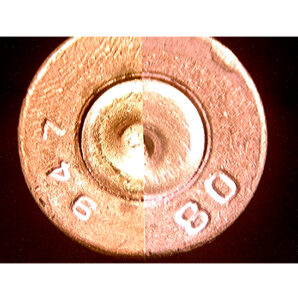
Bullet Holder Bullet Comparison
Jewelry and Gemstone Identification: In the jewelry industry, a comparison microscope is employed to inspect the characteristics of gemstones and jewelry items, including color, cut, clarity, and brilliance. This aids in verifying the authenticity and quality of gemstones.
Art authentication and restoration: Art experts can compare brush strokes, pigments, and other characteristics of paintings or sculptures to determine their authenticity or identify any alterations made over time. This process helps preserve cultural heritage and assists in detecting and preventing art forgery.
Document Examination: In legal and forensic contexts, a comparison microscope is used to compare and analyze handwritten text, seals, impressions, signatures, and other document features to ascertain their authenticity and source.
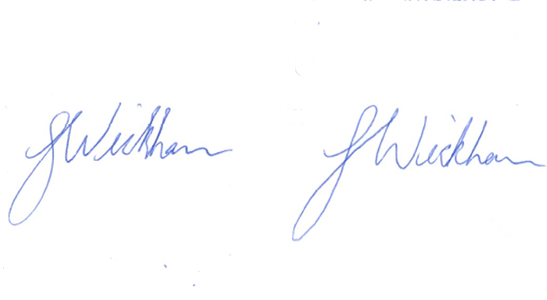
Signature Comparison
In summary, a comparison microscope is a valuable tool in various fields where direct comparison of two samples’ properties and characteristics is necessary. It assists in identification, analysis, and research of a wide range of materials and evidence.


